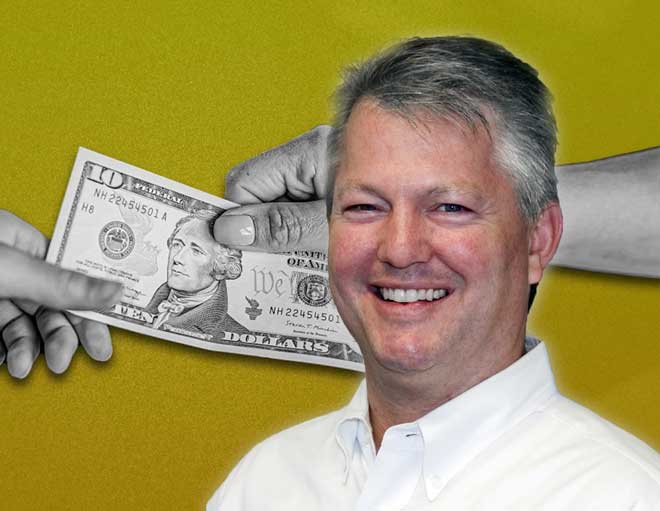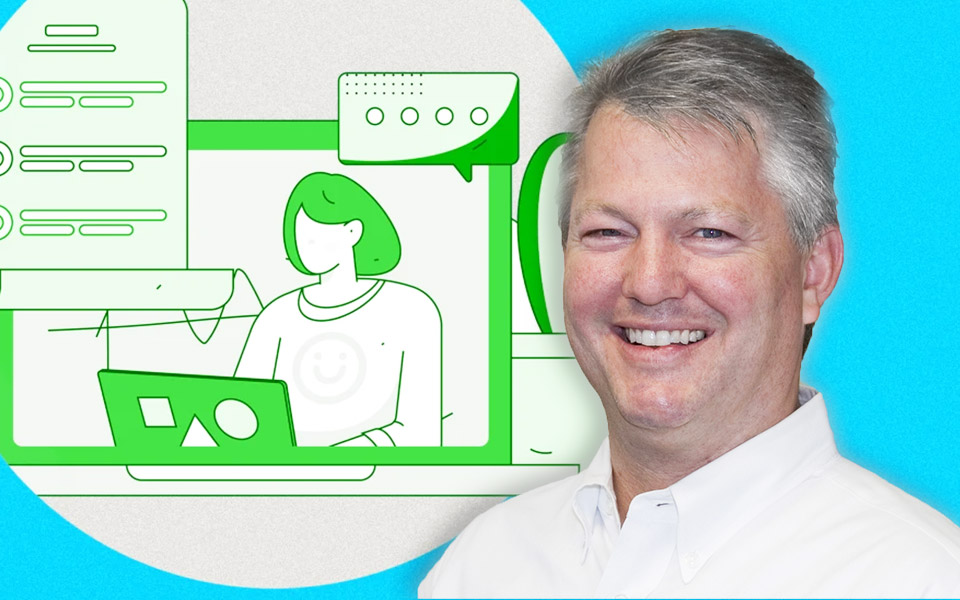
by Alex Funkhouser
Charles Duhigg, author of ‘Supercommunicators: How to Unlock the Secret Language of Connection,’ explains how to level up communication to forge better connections.
Charles Duhigg is a Pulitzer Prize-winning reporter and New York Times best-selling author of The Power of Habit and Smarter Faster Better. He is a graduate of Yale University and Harvard Business School. Duhigg has been a frequent contributor to This American Life, NPR, The Colbert Report, PBS’s NewsHour, and Frontline. He is a winner of the National Academies of Sciences, National Journalism, and George Polk awards.
Below, Duhigg shares five key insights from his new book, Supercommunicators: How to Unlock the Secret Language of Connection. Listen to the audio version—read by Duhigg himself—in the Next Big Idea App.
1. WE ARE ALL SUPERCOMMUNICATORS.
We all access our instincts and figure out how to how to connect with someone else. We all have the ability to ask ourselves, “What kind of conversation is actually happening? Is this a social conversation, practical conversation or emotional conversation?” We can then match the other person and invite them to match us. Within psychology, this is actually known as the matching principle. What it says is that we need to be having the same kind of conversation at the same time, if we want to connect with each other.
Read the complete Fast Company article here: https://www.fastcompany.com/91060964/5-techniques-to-turn-the-way-you-talk-into-a-superpower

by Alex Funkhouser
‘Fast Company’ spoke with Dan Helfrich, CEO of Deloitte Consulting, about worker sentiment around AI, worker surveillance, and how we can all adapt in the age of AI.
According to outplacement firm Challenger, Gray & Christmas, 84,638 U.S. employers have laid off workers in 2024 so far. Of these layoffs, 15,225 were attributed to a “technological update” and just 383 were explicitly blamed on artificial intelligence.
It may be that AI is not yet capable of replacing many workers. Or it may be that transparently replacing workers with AI is a bad look. “In light of the backlash some companies have faced for directly attributing job cuts to artificial intelligence, they appear to be framing this shift as a ‘technological update’ rather than an outright substitution of human roles with AI,” suggests Andrew Challenger, the firm’s senior vice president and labor and workplace expert. “In truth, companies are also implementing robotics and automation in addition to AI.” His firm’s data indicates that AI was the cause of 4,247 layoffs in 2023.
Read the complete Fast Company article BY AJ HESS: https://www.fastcompany.com/91052435/ceo-of-deloitte-consulting-workers-arent-are-as-scared-of-ai-as-you-might-think

by Alex Funkhouser
Much like negotiating your salary when you get a job offer, there are a lot of factors to consider.
Q: How do I ask for a raise?
A: This is one of the most common (and tricky) workplace questions. In fact, according to surveys, some 50% to 70% of employees think they don’t make enough money.
Wouldn’t it be nice if you could just tell your boss “I think I should be making 10% more” and they’d agree? Or better yet, if all salaries were transparent and everyone received fair and equitable compensation?
Unfortunately that’s not how it usually works. Much like negotiating your salary when you get a job offer, there are a lot of factors to consider.
1. Timing. Know when raises are typically given. Is it during end-of-year performance reviews? Midyear reviews? Knowing when a raise pool is most likely a planned part of the company’s budget sets you up to be able to pull from it. It’s not that you can get a raise only at these times but it makes it easier to get a yes to your request for a pay bump.
Read the complete article BY KATHLEEN DAVIS: https://www.fastcompany.com/91038028/how-do-i-ask-for-a-raise

by Alex Funkhouser
From adaptability to critical thinking to teamwork and collaboration, success at work involves skills you might not think to put on your résumé.
Raise your hand if you’ve gotten so familiar with some of your tasks at work that you can do them practically without thinking. Some rote tasks become this seamless nearly instantly, yet others require certain skills to start with and that muscle develops over time, the more you complete each one.
This became so clear to me this week when training two new team members on parts of our system. The good news is that it forced me to slow down and think through how best to explain each step and what skills are needed to tackle each project. The mix of technical skills and soft/creative ones were thrown into high relief and I couldn’t help but wonder: What are the most basic skills anyone could use to accomplish the most mundane items on a to-do list as well as the more amorphous aspects of teamwork and collaboration?
For example, as early career expert Anna Homayoun noted, “Because Gen Z members saw daily routines completely upended during key developmental years, many could benefit from more time, structure and support to build workflow strategies, manage distractions, and develop professionalism older generations might take for granted.”
There are myriad ways to develop new technical skills, some even at your current employer. According to Indeed, AI-related skills are helping workers who have them make bank.
Rean the complete Fast Company article BY LYDIA DISHMAN: https://www.fastcompany.com/91034074/most-in-demand-job-skills

by Alex Funkhouser
One in three older job seekers say they’ve felt the sting of ageism when looking for work. A tighter job market and corporate cutbacks are making things harder.
They say age is just a number—but for older job seekers, it can complicate things, to say the least.
One in three workers 50 or over say they’ve experienced age discrimination when looking for a new position. And two-thirds have felt its sting in the workplace.
Last year saw continued layoffs, particularly in tech, while job openings fell to their lowest level since 2021 with the seeming end of The Great Resignation. It’s a tough time to navigate the job market, even more so for those approaching the later stages of their careers.
But with age comes experience, which businesses desperately need as they look to cut staff while maintaining efficiency. Here’s how older candidates can showcase their skills and demonstrate their advantages to stand out in the saturated job market.
Read the complete Fast Company article BY SANDRO OKROPIRIDZE: https://www.fastcompany.com/91019090/9-tips-for-landing-a-job-if-youre-over-50





